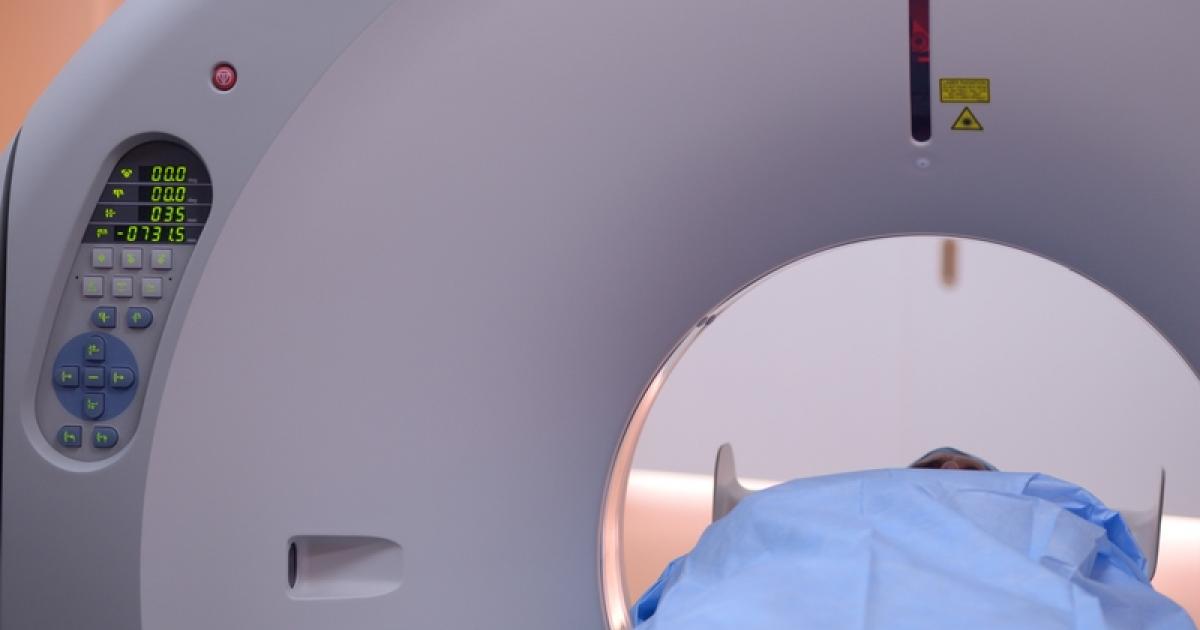How To Diagnose And Treat Liver Cysts
CT Scans

CT scans take multiple x-rays from several angles, and computer processing is then used to create cross-sectional images, also known as slices. These slices can help doctors diagnose cysts and other liver diseases, and they are also useful in planning treatment and mapping out potential surgical intervention. Before having a CT scan, the patient will need to change into a hospital gown. If the physician has ordered contrast to be used to improve the quality of the images, the patient may be given an oral solution to drink containing a dye that will appear white on the images. This dye could be administered via injection instead. Sometimes, patients might be asked to fast in preparation for the scan. CT scans normally take roughly thirty minutes in all, and this time includes positioning the patient in the scanner and the scanning process itself. To help doctors obtain clear images, the radiologist may ask the patient to hold their breath for a few moments during the scan. If contrast was used, special instructions will be provided on what to expect after the procedure. It can be helpful to drink plenty of fluids to promote the removal of the dye from the body through urination.
Uncover more options when it comes to the diagnosis and treatment of liver cysts now.